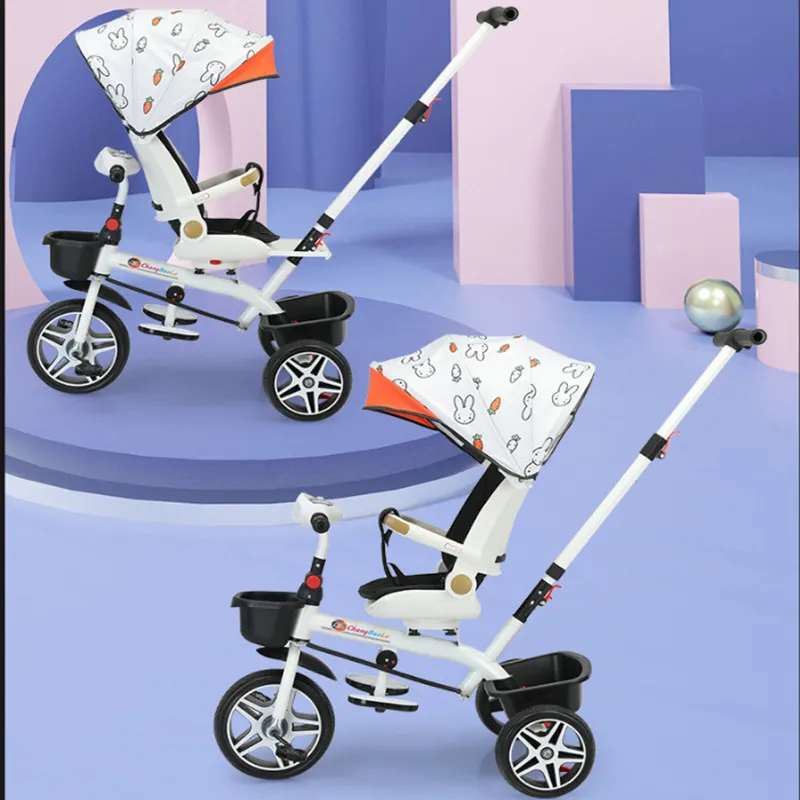mountain bike faq
Mountain Bike FAQs Your Ultimate Guide to Off-Road Cycling
Mountain biking is an exhilarating sport that offers a unique blend of adventure, challenge, and the thrill of exploring the great outdoors. Whether you're a seasoned rider or a beginner interested in getting into the sport, you might have a myriad of questions regarding techniques, equipment, safety, and maintenance. This article aims to address some of the most frequently asked questions about mountain biking.
What Type of Mountain Bike Should I Buy?
Selecting the right mountain bike depends on your riding style and the terrain you plan to conquer. There are primarily three types of mountain bikes
1. Cross-Country (XC) Bikes These are designed for speed and efficiency on relatively smooth trails. They typically feature lightweight frames and narrow tires. 2. Trail Bikes These versatile bikes can handle a mix of terrains, offering a balance between climbing efficiency and downhill stability. They come with a longer travel suspension for added comfort on rough terrain. 3. Downhill (DH) Bikes Built for extreme descents, DH bikes emphasize stability and durability with heavy frames and powerful brakes. However, they are not designed for climbing.
What Size Bike Do I Need?
Bike fit is crucial for a comfortable ride. Most manufacturers provide sizing charts based on your height and inseam length. A professionally fitted bike ensures that you merge well with the bike's geometry, promoting better handling and reducing the risk of injury. It’s advisable to test ride a few models to find what feels right for you.
How Often Should I Maintain My Mountain Bike?
Regular maintenance is pivotal to keeping your bike in optimal condition. A good rule of thumb is to perform basic checks before every ride, including tire pressure, brake function, and chain lubrication. More comprehensive maintenance tasks, such as cleaning the drivetrain, adjusting brakes and gears, and checking suspension components, should be done after every few rides or when you notice any performance issues.
What Should I Bring on a Ride?
Preparation is key to enjoying your mountain biking experience. Essential items to take include
- Water Stay hydrated, especially during longer rides. - Repair Kit Tools for fixing a flat tire, such as a spare tube, tire levers, and a pump. - First Aid Kit In case of minor injuries. - Snacks Energy bars or fruit can help refuel during lengthy rides. - Map/GPS Device Useful for navigation if you're exploring unknown trails.
mountain bike faq

What Are the Basic Techniques for Mountain Biking?
Mastering basic techniques can significantly improve your riding experience. Here are some essential skills
1. Body Positioning Keep your elbows and knees slightly bent, and lower your center of gravity by leaning forward during descents. 2. Braking Use both brakes evenly to avoid losing control. Front brakes are effective for slowing down, but using too much can lead to a forward flip, especially downhill.
3. Cornering Shift your weight towards the inside of the turn and look through the corner to maintain speed and control.
Is Mountain Biking Safe?
Like any sport, mountain biking carries risks. However, you can minimize these by wearing appropriate safety gear, such as a helmet, gloves, and knee pads. Select trails that match your skill level, ride responsibly, and be mindful of your surroundings to reduce the likelihood of accidents.
How Do I Improve My Riding Skills?
Improvement comes through practice and a willingness to learn. Consider the following tips
- Take a Class Many local bike shops and outdoor centers offer courses. - Ride with Experienced Friends Join community rides or groups to gain insights and tips. - Set Goals Challenge yourself gradually by tackling new trails or techniques.
Conclusion
Mountain biking is not only a fantastic way to stay fit but also an opportunity to connect with nature and like-minded enthusiasts. With the right bike, some basic knowledge, and a spirit of adventure, you’ll be ready to hit the trails. Always remember to prioritize safety and enjoy the ride!
-
kids-scooter-tiny-olympic-games-scooterathlonNewsAug.22,2025
-
kids-scooter-waves-xingtai-zhongzhous-global-rippleNewsAug.22,2025
-
baby-tricycle-oem-legacy-zhongzhou-forgedNewsAug.22,2025
-
xingtais-twin-tricycle-revolution-siblings-ride-togetherNewsAug.22,2025
-
baby-tricycle-design-inspired-by-ancient-armorNewsAug.22,2025
-
nfc-chip-enabled-oem-baby-tricycle-trackingNewsAug.22,2025
-
The Perfect Baby TricycleNewsAug.11,2025








